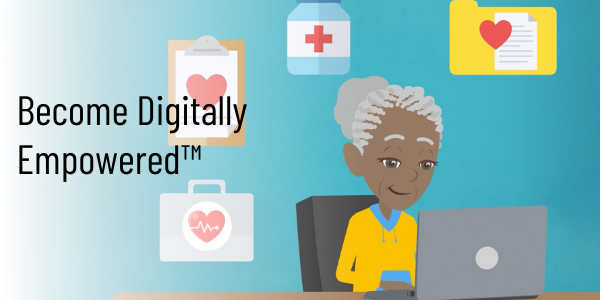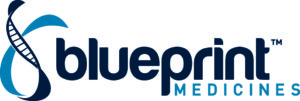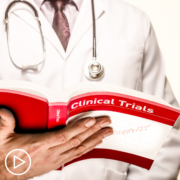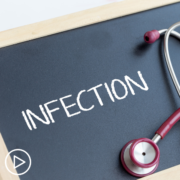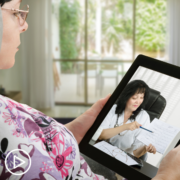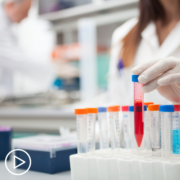Sujata Dutta: Sharing the Journey
Check out Part I of Sujata’s story: Normalizing the Word Cancer
Sujata Dutta, Part 2 Sharing the Journey from Patient Empowerment Network on Vimeo.
Empowered multiple myeloma patient, Sujata Dutta, shares an overview of her treatment from a stem-cell transplant to a clinical trial, and how she chooses to see the positives in her journey.
Transcript:
So once I was diagnosed with multiple myeloma and I was actually informed about the standard of care. So standard of care with multiple myeloma today is typically a couple of cycles of chemo. So I had about five or six cycles of chemo to bring the M-spike to as low as you can, and then that’s followed with like a stem-cell transplant (an SCT) or bone marrow transplant – both are the same. In my case, it was an autologous stem-cell transplant which meant that I use my own stem cells which were extracted and stored and then given back to me.
So then post-transplant, if the counts look good then you go into a maintenance routine. So I didn’t have succession of chemo before the stem-cell transplant. I had my stem-cell transplant at Mayo in Rochester, Minnesota and unfortunately, in my case, we did not achieve the results that we were expecting so my disease actually did actually not come down as much as we would have hoped.
So, I had to go back on a chemo routine and I’m on that one right now. However, I actually am part of a clinical trial. I signed up to be part of a clinical trial that’s looking for newer ways of treatment which are shortening the time of treatment and also with the goal of improving the standard of you know care or like better lifestyle for the patients and like obviously longer life.
So, I’m part of a clinical trial that’s combining Revlimid and Daratumumab, which is like usually you would have an 8-hour hospital visit for the chemo, but in this I am just getting a subcutaneous injection in my belly. It’s a 5-minute injection so that’s not pleasant, but 8 hours compared to 5 minutes, it’s great.
So yes, I am back on chemo just so that we can bring the disease under control. But typically with standard of care with multiple myeloma is like couple cycles of chemo followed by a transplant. If you are eligible for one, and if you are ready for one, and then followed by maintenance. So that’s typically what happens with multiple myeloma.
But there are loads of other treatments that are coming up and researches that are happening, clinical trials that are happening, I would highly encourage it if you come across a clinical trial that interests you, speak to your doctors and see what they say. And if you’re eligible, it would be a great thing to do. I personally wanted to get involved in some kind of volunteering activity. I know that folks before me have done so much and I’m benefiting from that, I wanted to give back as well so I actually signed up for the trial. But other than that, that’s pretty much what the standard of care is today for multiple myeloma or what I know of.
I think one of the biggest takeaways from my cancer journey, I would say is learning to be appreciative of what I have. Learning the value of what I have, not that I did not know that, but I think this life changing kind of event that has happened has taught me even more of the value. For myself, what’s my worth? What’s the worth of somebody else in my life? What’s the worth of things around me in my life? And it has, so my journey has actually helped me understand these things and be appreciative of what I have.
My husband he’s been my primary caregiver throughout this journey and we have actually like been on the journey together, so it has been an amazing journey I would say.
We have discovered like a new relationship between us, like going for chemo, going to Mayo for 6 weeks, and we stay together and you know how much I appreciate what he has had to go through because of me. Like looking at me not being able to walk or not even being able to talk or even drink water because of the amounts of … that I had and supporting me through all of that. I really appreciated it. I appreciated my boys, like I have a 7th and a 6th grader, and for them to understand what I was going through and for them to be able to accept in the form that I was, has been great.
I have friends, I have family who have supported me throughout this so I really appreciate them being with me, being around me, supporting me, rooting for me, praying. There’s one thing that I tell everybody like you know there have been so many people known and unknown that have like you know helped me or prayed for me or rooted for me that I have no choice but to get better.
So you know I really appreciate what I have and I think I also appreciate the value of what I have, and like not think about what I don’t have. I am a believer that divine intervention happens, you don’t know why but everything has a reason and I think whatever happens, happens for the best. For even cancer, I think happens for the best.
For me to understand like what all I had and like how grateful I was for everything that I had. For me to go back to a hobby that I had almost forgotten. I paint, I used to paint and I’d almost given up on that through my journey. I was like I need to go back and do something else and I went back to painting. So like so many good things have come out of this, so you know I’m really grateful for whatever has happened and I’m quite positive for the future so I am looking forward to what’s in store for the future and I’m going to be positive keeping my fingers crossed. That’s my story for you.








